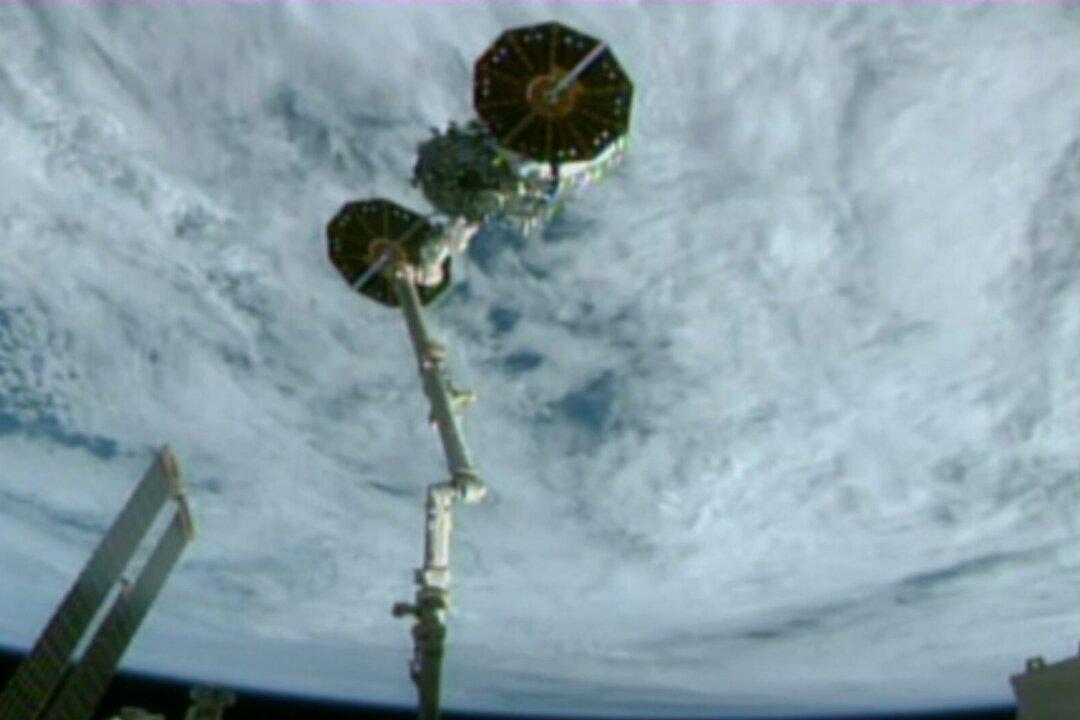Northrop Grumman’s uncrewed Cygnus spacecraft departed the International Space Station on Saturday, more than three months after delivering nearly 8,000 pounds of supplies, scientific investigations, commercial products, hardware, and other cargo to the orbiting laboratory.
Flight controllers on the ground commanded the space station’s Canadarm2 robotic arm to detach Cygnus from the Unity module’s Earth-facing port.





